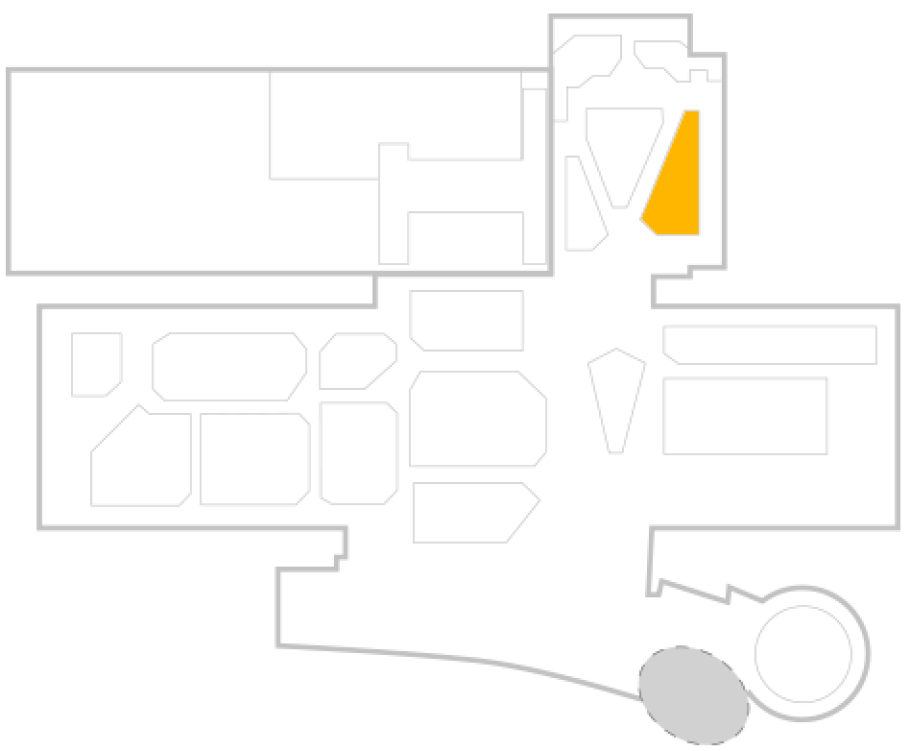One museum, two locations
Visit us in Washington, DC and Chantilly, VA to explore hundreds of the world’s most significant objects in aviation and space history. Free timed-entry passes are required for the Museum in DC.
Visit
National Air and Space Museum in DC
Udvar-Hazy Center in VA
Plan a field trip
Plan a group visit
At the museum and online
Discover our exhibitions and participate in programs both in person or virtually.
What's On
Events
Exhibitions
IMAX and Planetarium
Dive deep into air and space
Browse our collections, stories, research, and on demand content.
Explore
Stories
Topics
Collections
On demand
For researchers
For teachers and parents
Bring the Air and Space Museum to your learners, wherever you are.
Learn
Programs
Learning resources
Plan a field trip
Educator professional development
Education monthly theme
Be the spark
Your support will help fund exhibitions, educational programming, and preservation efforts.
Give
Become a member
Wall of Honor
Ways to give
Host an Event
Rockets and Missiles
Learn how rocketry got a boost in the 20th century, altering warfare and taking humans into space.
In the 1920s, visionaries in the United States, Germany, the Soviet Union, and elsewhere began developing liquid-fuel rockets with an eye toward space travel. Up to that point, the rocket had not changed much since its invention in China around the year 1000: a small artillery or fireworks device using gunpowder as a fuel.
Within a couple of decades, rockets and missiles had begun to alter the course of the 20th century. With the emergence of new liquid-fuel and solid-fuel rocket motors, jet engines, and complex guidance systems, nations built long-range weapons to threaten each other and weapons to defend against those threats. But rocketry also began to turn the dreams of its visionaries into reality, as nations used launch vehicles to send satellites, telescopes, robotic spacecraft, and human explorers and pioneers into space.
Location in Museum
Steven F. Udvar-Hazy Center in Chantilly, VA
Plan Your Visit
Related Topics:
Spaceflight
Uncrewed spaceflight
Human spaceflight
Telescopes
Missiles
Robotics
Rockets
Satellites
War and Conflict
Weapons
The Apollo Missions
Apollo 11 Launch Vehicle and Spacecraft
You may also like
Human Spaceflight
Steven F. Udvar-Hazy Center in Chantilly, VA
On View Exhibition
Building a Moon Rocket
November 05, 2021
The Myth of the German “Wonder Weapons”
April 13, 2020
Modern Military Aviation
Steven F. Udvar-Hazy Center in Chantilly, VA
On View Exhibition
Stay up to date on the latest stories and events with our newsletter
Privacy
Terms of Use

